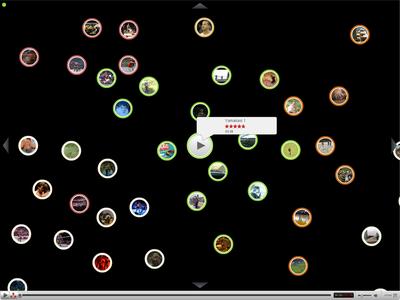Recently two more big and very frequented Slovenian sites relaunched and I think they too deserve a mention.
Adria Airways
The first page I want to put to the test is the new page of the first and the biggest Slovenian airline. It was recently launched by my ex colleagues at Parsek as the second version to be made there. The first edition was designed and prepared in another agency and Parsek only did the backend while the new version is all Parsek. To be fair the biggest and the most important part — the reservation module — is still made by the french company Amadeus.
The new design tries to incorporate a leaner navigation with less elements even though it became wider, almost reaching the 1000px mark. The front page is much more sales oriented, displaying a lot of useful information. I can’t get past the color scheme that is really too dull. There are quite a few validation errors, the ones in HTML mostly due to non–escaped ampersands, while those in CSS are just sloppy coding without checking the validator.
I was surprised to see that some stuff doesn’t work well with Firefox 3 and Safari 3 even though the first one isn’t released yet (will be tomorrow) and the second one doesn’t have a lot of users in Slovenia. I’d still stick to what Yahoo! has to say in their Graded Browser support table for browser support.
I was positively surprised at how well some inside pages are designed down to the last dot and icon and negatively how bad the pages that “only” present CMS content look. I don’t know whose fault this is and I don’t even care, it doesn’t matter for the end user. I’m sure the guys at Parsek will check these pages out and try to make changes that will make them better. When I first saw the design while I was still at Parsek I wasn’t sure if the title on the right would work but now that I’m surfing the page I actually think it does. There is one problem there though – if you visit this page (screenshot) you’ll see that you can see its title “About us” four times in a very small area. It’s nice to know where you are but isn’t this a little bit too much?
NLB
The next big redesign is the biggest Slovenian bank which redesigned their site after quite a while. I don’t really know what to say about the redesign – the last one was horrendous so this one is easy on the eye. It too got wider and restructured so people can find relevant information easier. The home page lists all the products for residents and businesses so you can access them directly.
If the design got overhauled the backend didn’t — if it did it got it fashion tips from the 90s. Validation returns a lot of errors and — prepare for a shock — the encoding is iso-8859-2. The number of non semantic elements is significant and inline scripts are there too (<SCRIPT language=JavaScript>).
The most interesting thing about the new page is the fact that it now uses “friendly URLs”. And how utterly broken they are. You could also say this page is a textbook case for how wrong things can go when you don’t think about them. So you’ll have two pages, one at /nalozbe-v-vrednostne-papirje and the other at /nalozbe-v-vrednostne-papirje1. I have no idea how that tells you anything about how the content behind these links is different. It would tell you more if the first was prefixed with /residential and the second one with /businesses.
Another funny thing I noticed is how banners are designed to look as if they weren’t images but rather just HTML parts of the page. The reason I noticed is that I was on the Mac while checking the page and since font rendering is different it looks really weird. I think I might have seen the same difference on Vista with ClearType on.



